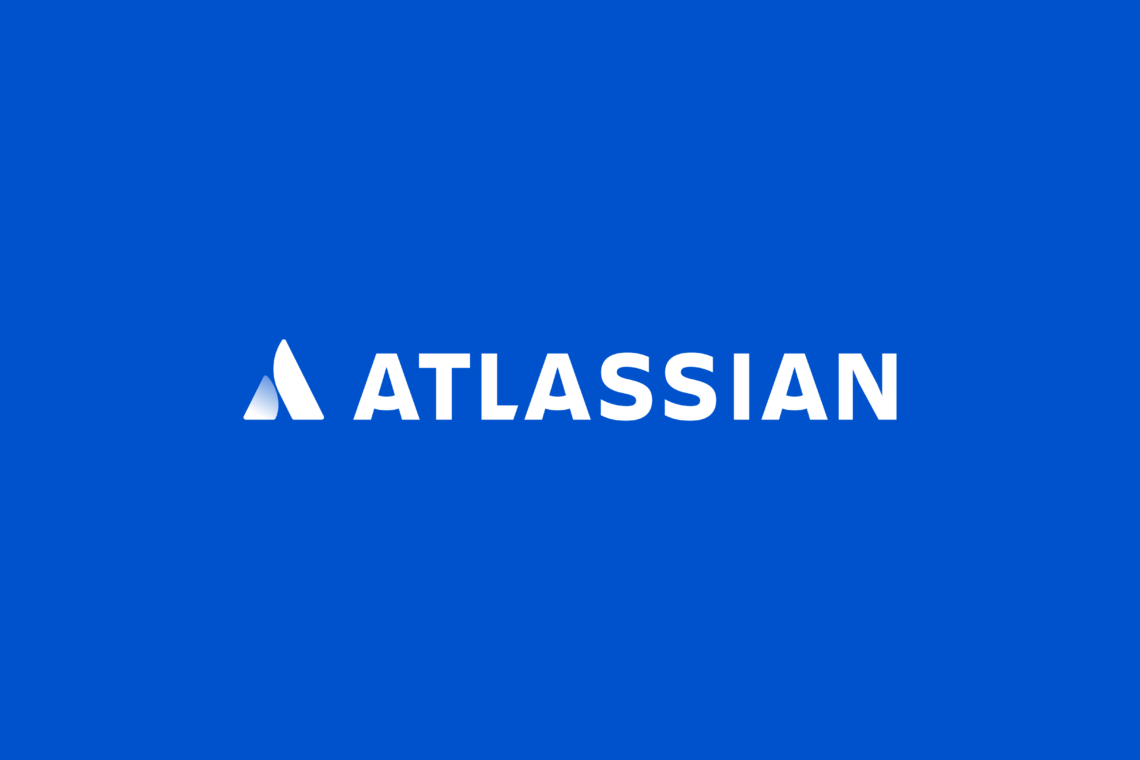When Atlassian was founded in 2002, the founders had a choice to make.
They could jump through the standard hoops and do the things that most SaaS companies were doing—build out a sales team, knock down investors’ doors, and try to turn an idea into millions of dollars in funding.
But, Atlassian didn’t jump through the standard (and expected) hoops. Instead, they chose an unconventional path that would ultimately help them build a $10 billion business.
Atlassian still doesn’t have an enterprise sales team 15 years into the company’s founding. But their biggest—and most unusual—lever for growth has been to consistently acquire other products throughout the company’s history and integrate them into the existing product suite. This has helped Atlassian grow into a family of products that can spread organically through enterprise organizations.
How exactly has Atlassian created a growth engine around acquisitions and integrations to build their behemoth global business? Let’s dive deeper into how the company:
- Developed a loyal market by building a best-in-class project management tool for engineering teams
- Strategically expanded their product offerings through acquisitions to broaden their customer base to teams around the dev teams
- Doubled down on freemium distribution and horizontal use-cases in their recent acquisitions to make the top of their funnel even wider across teams
So many of Atlassian’s strategies were unique for their time, but have since become common practice for SaaS companies. Let’s take a look at how several of these practices were developed out of Atlassian’s specific needs throughout the company’s lifetime, and how each one helped shape the company’s success.
2002-2010: Self-funded and freemium
In 2002—the tail end of a nuclear winter for tech—being a Silicon Valley entrepreneur was tough. But being an entrepreneur in Sydney, Australia was much harder. There wasn’t a large tech community, and there weren’t local VCs that founders could go to for investments. Atlassian co-founders Mike Cannon-Brookes and Scott Farquhar put it this way: there was no IPO preschool like there was in Silicon Valley.
So with an idea for a new developer tool and no money, they realized that building a successful company meant two things:
- They had to create really useful tools quickly so they could win over the market
- They had to find a way to sell them without paying for a sales team
Since they were developers themselves, the co-founders saw the need for developer-specific tools around tracking issues and collaborating with one another. They built these functions into their first two tools—Jira and Confluence.
No one had built project management or collaboration tools yet for developers, and the co-founders knew from their own work that other developers would want these tools. All they had to do was get them to try it. They decided to use a freemium plan to allow people to test out the tools without risk, and realize for themselves how useful they were.
This model allowed a lot of people to start using the tools really quickly—and as they onboarded more customers and grew revenue without sales overhead, they were able to start acquiring other companies and adding to their developer offerings very early on in their company’s lifetime.
2010-2015: Integrating acquisitions and spreading to other teams
“We want to build a 50-year company. Going public is one step on that journey. There are very few long-term companies that are private.” – Scott Farquhar
Unlike a lot of companies, Atlassian didn’t raise money because they needed cash—they’d already built a model for a healthy business by winning over the developer market with useful tools.
The early success of Jira, Confluence, and the Cenqua products encouraged the team and proved their freemium distribution model could work. They realized that by building a suite of products developers needed, they could become indispensable to customers and retain them long-term. Given the success of the first acquisition, the company decided the best path forward was to become exceptional at acquisition and folding useful pre-existing products into the Atlassian suite.
Here’s what Atlassian did during this time to acquire the right products, integrate them well, and continue expanding their user base to users that were tangential to dev teams.
Choose the style of business you want to master
There are many ways to build a great company. Some choose to focus more on product innovation. Others, like Atlassian, put more emphasis on strategic acquisitions. A company like Salesforce chose to focus on delivery method and industry disruption. Some, like Basecamp, focus on single product simplicity.
There’s no one-size-fits-all path, but there is a common theme among all of these successful companies. They all developed a concept to master early on, and they stuck with it and followed through in all of their decisions.
Deciding what is more important for your company to master early on is challenging but it gives you sharp focus. Two important factors will shape this early decision:
- What is your initial vision for your company and product?
- What do you want to accomplish with your company in 5, 10, and 20 years?
Buck convention and build your own growth engine
Building a long-term company is challenging because you’re going to face so many different constraints at different points in your business. The same factors won’t necessarily drive your growth at every stage. But if you know how you want to grow and have a strategy around what steps you’ll take to do it, you can develop a framework for making decisions in many different circumstances.
Atlassian’s strategy—acquisition, integration, and organic distribution—was particularly special because not many other companies have done it (and done it well). Your’s may look different from other companies, too. The goal is to develop a framework that helps you win with the cards you’re dealt.
